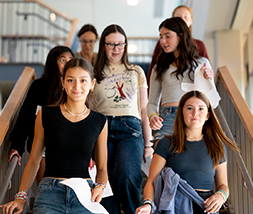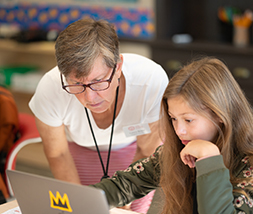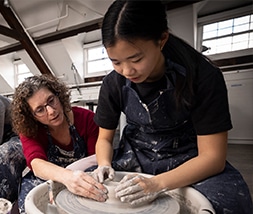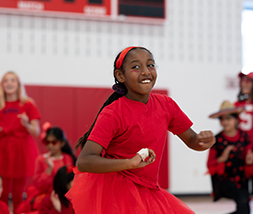Curriculum Guide
Health and Wellness
Students are required to take a one-semester health and wellness course each year in Classes V, VI, and VII.
Class V: Healthy Decisions (uncredited, fall or spring)
Ninth grade is a year of transition and increased autonomy. This class focuses on the emerging freedom and responsibility students have at this age, and helps them address issues that impact their decision-making. Students develop deep insights into their own beliefs and values. They explore topics such as sexuality and alcohol, tobacco and other drugs, while practicing decision-making skills. Students reflect on their own, their families’, and their culture’s social-emotional beliefs, messages, values, and choices. Class methods include surveys, role-playing, films, class discussions, and in-class projects. This course meets one period per cycle.
Class VI: Connections (uncredited, fall or spring)
Tenth grade is a year of making connections and extrospection. The Class VI Wellness curriculum builds on the foundations established in Class V: Healthy Decisions. After examining their own development and decision-making skills, students will take on a broad perspective to examine public health issues and solutions in their communities and the world. We use a variety of methodologies for teaching and experiential learning including class discussion, guest speakers, small-group work, films, and mini-research assignments. This course meets one period per cycle.
Class VII: Transitions (uncredited, fall or spring)
The eleventh grade marks a time of increased independence and the beginning of the transition from high school to college. As co-creators of this course, students will have the unique opportunity to address the questions they have about themselves, others, and the world. Students explore the power of mindset, stress management techniques, and mental health supports that work for them. They also complete a project that examines wellness supports in higher education and establish non-negotiables for themselves in their college decision-making process. Using film, written narratives, the insights of guest speakers, and student-led classes, students will examine the way they influence and are influenced by the world in which they live. This course meets one period per cycle.





